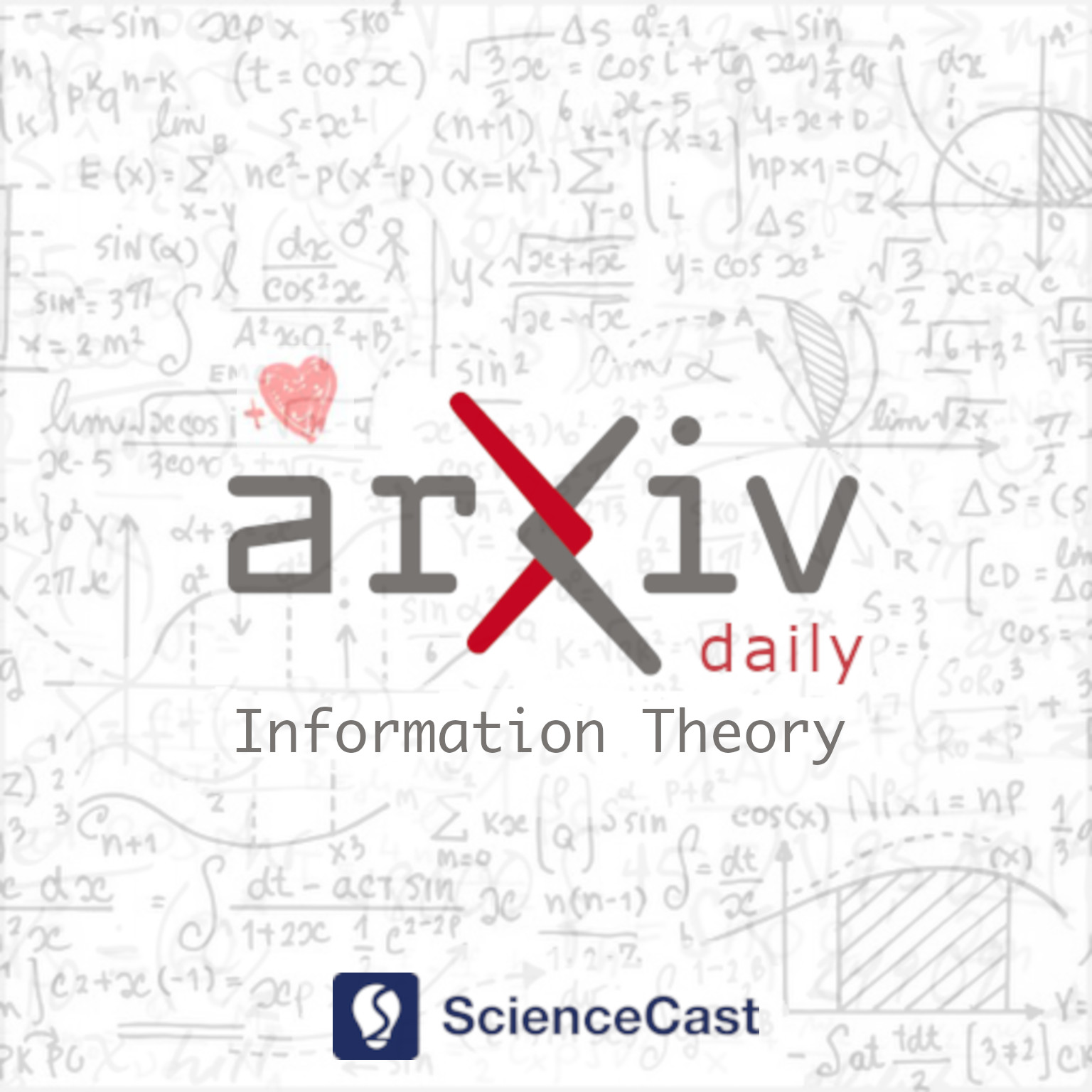
Information Theory (cs.IT)
Fri, 09 Jun 2023
1.Robust Active and Passive Beamforming for RIS-Assisted Full-Duplex Systems under Imperfect CSI
Authors:Li-Hsiang Shen, Chia-Jou Ku, Kai-Ten Feng
Abstract: The sixth-generation (6G) wireless technology recognizes the potential of reconfigurable intelligent surfaces (RIS) as an effective technique for intelligently manipulating channel paths through reflection to serve desired users. Full-duplex (FD) systems, enabling simultaneous transmission and reception from a base station (BS), offer the theoretical advantage of doubled spectrum efficiency. However, the presence of strong self-interference (SI) in FD systems significantly degrades performance, which can be mitigated by leveraging the capabilities of RIS. Moreover, accurately obtaining channel state information (CSI) from RIS poses a critical challenge. Our objective is to maximize downlink (DL) user data rates while ensuring quality-of-service (QoS) for uplink (UL) users under imperfect CSI from reflected channels. To address this, we introduce the robust active BS and passive RIS beamforming (RAPB) scheme for RIS-FD, accounting for both SI and imperfect CSI. RAPB incorporates distributionally robust design, conditional value-at-risk (CVaR), and penalty convex-concave programming (PCCP) techniques. Additionally, RAPB extends to active and passive beamforming (APB) with perfect channel estimation. Simulation results demonstrate the UL/DL rate improvements achieved considering various levels of imperfect CSI. The proposed RAPB/APB schemes validate their effectiveness across different RIS deployment and RIS/BS configurations. Benefited from robust beamforming, RAPB outperforms existing methods in terms of non-robustness, deployment without RIS, conventional successive convex approximation, and half-duplex systems.
2.Power Beacon Energy Consumption Minimization in Wireless Powered Backscatter Communication Networks
Authors:Haohang Yang, Yinghui Ye, Kai Liang, Xiaoli Chu
Abstract: Internet-of-Things (IoT) networks are expected to support the wireless connection of massive energy limited IoT nodes. The emerging wireless powered backscatter communications (WPBC) enable IoT nodes to harvest energy from the incident radio frequency signals transmitted by a power beacon (PB) to support their circuit operation, but the energy consumption of the PB (a potentially high cost borne by the network operator) has not been sufficiently studied for WPBC. In this paper, we aim to minimize the energy consumption of the PB while satisfying the throughput requirement per IoT node by jointly optimizing the time division multiple access (TDMA) time slot duration and backscatter reflection coefficient of each IoT node and the PB transmit power per time slot. As the formulated joint optimization problem is non-convex, we transform it into a convex problem by using auxiliary variables, then employ the Lagrange dual method to obtain the optimal solutions. To reduce the implementation complexity required for adjusting the PB's transmit power every time slot, we keep the PB transmit power constant in each time block and solve the corresponding PB energy consumption minimization problem by using auxiliary variables, the block coordinated decent method and the successive convex approximation technique. Based on the above solutions, two iterative algorithms are proposed for the dynamic PB transmit power scheme and the static PB transmit power scheme. The simulation results show that the dynamic PB transmit power scheme and the static PB transmit power scheme both achieve a lower PB energy consumption than the benchmark schemes, and the former achieves the lowest PB energy consumption.
3.Meta-Learning Based Few Pilots Demodulation and Interference Cancellation For NOMA Uplink
Authors:Hebatalla Issa, Mohammad Shehab, Hirley Alves
Abstract: Non-Orthogonal Multiple Access (NOMA) is at the heart of a paradigm shift towards non-orthogonal communication due to its potential to scale well in massive deployments. Nevertheless, the overhead of channel estimation remains a key challenge in such scenarios. This paper introduces a data-driven, meta-learning-aided NOMA uplink model that minimizes the channel estimation overhead and does not require perfect channel knowledge. Unlike conventional deep learning successive interference cancellation (SICNet), Meta-Learning aided SIC (meta-SICNet) is able to share experience across different devices, facilitating learning for new incoming devices while reducing training overhead. Our results confirm that meta-SICNet outperforms classical SIC and conventional SICNet as it can achieve a lower symbol error rate with fewer pilots.